Have you ever stood in an art exhibition, just absorbing the meaning and purpose of a piece? Well, for Melanie Kay, expressing meaning through her textile art is absolutely fundamental.
Through her work, she highlights the current trend towards mass advertising and resulting manufacture of desire. Combining conventional embroidery with non-conventional processes and materials, Melanie raises questions and stimulates debate.
It was only after an uninspiring stint working in a bank that Melanie, who now lives in Manchester, UK, took the plunge and returned to full-time education, focussing on her first love – embroidery.
She was delighted to achieve a First Class Honours degree in Textiles and Surface Pattern Design in Bolton, Lancashire. Her accolades include winning first prize in the Bradford Textile Society Design Competition, 2011 for a material created by non-conventional means, Embroiderers’ Guild Awards and a Masters Degree with Distinction.
In this article, we learn how influential her grandfather was, both in encouraging her to explore embroidery and to re-use and recycle and how Melanie cleverly conveys her messages by incorporating waste and found products into her textile art.
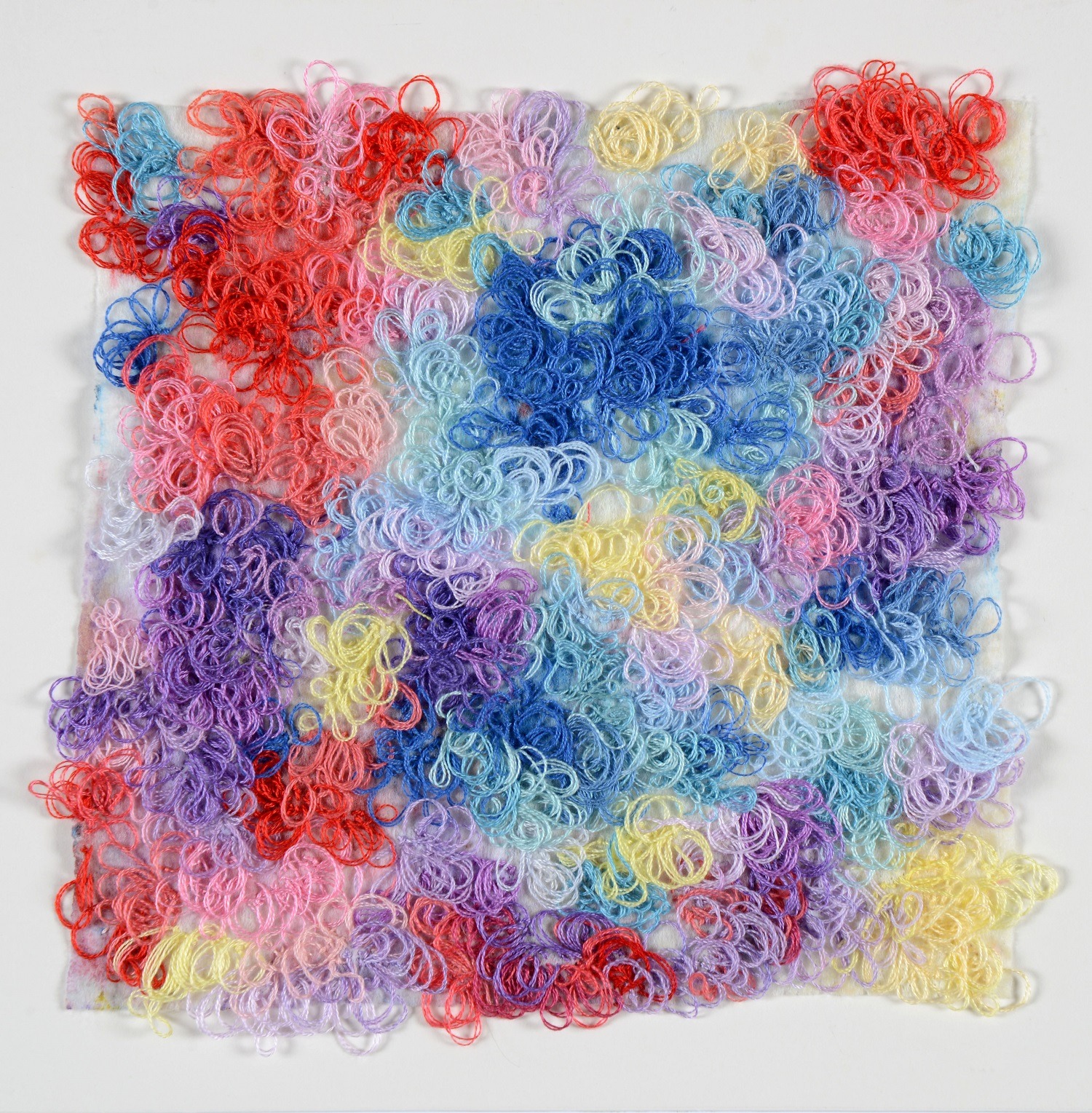
Hoops and Grandma’s threads
TextileArtist.org: What initially attracted you to textiles as a medium? How was your imagination captured?
Melanie Kay: When I was a child my grandfather always encouraged me to try new things. Embroidery was one of those things. He bought me my first embroidery hoop around 30 years ago and I still use it to this day. I always really enjoyed using it and I would often embroider patterns from books or magazines.
Looking back, I’m not sure my grandfather ever really knew very much about embroidery, but he did have an abundance of enthusiasm, patience and encouragement. I often wonder if it was these positive childhood associations that have helped to make embroidery my lifelong love.
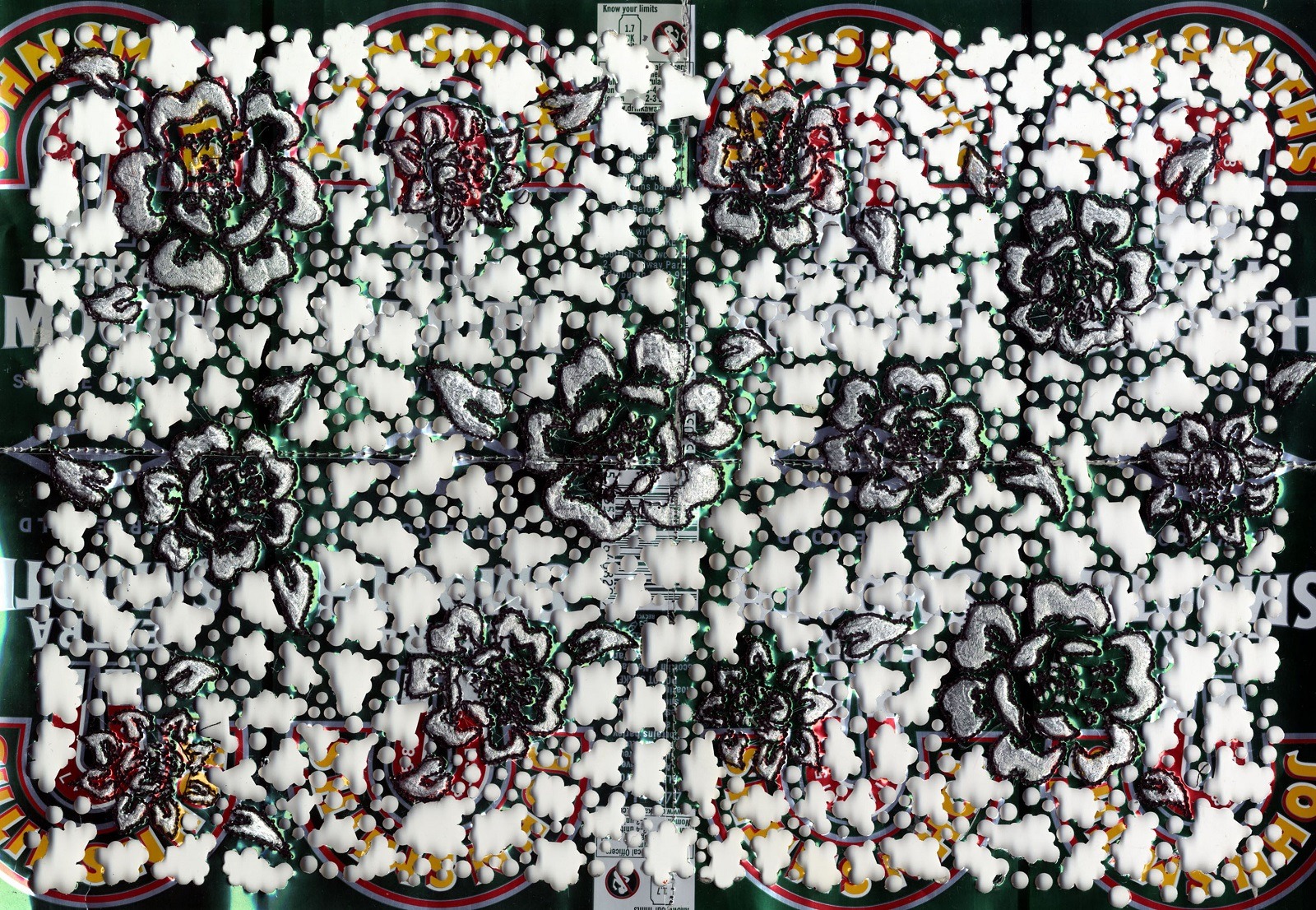
What or who were your early influences and how has your life/upbringing influenced your work?
My grandfather was very fond of using found or leftover things. We were always embroidering on old pillowcases or clothes and using my grandmother’s old threads. He was very mindful of waste and if we weren’t making something from old scraps, we would be fixing something else.
These early ideals influence my work now; I am still inclined to salvage or fix things.
I am continually reflecting and implementing change as I work. If I feel something isn’t working, I am comfortable to salvage aspects from my original ideas and change direction, sometimes several times, until I am satisfied with the outcome.
I often use materials that are perceived as having little or no monetary value, but they are no longer limited to old fabrics. The use of material in a non-conventional way seems to attract the attention and bemusement of others. My use of colour is often guided by the found materials I use, or I experiment with ways in which I could incorporate new colours.
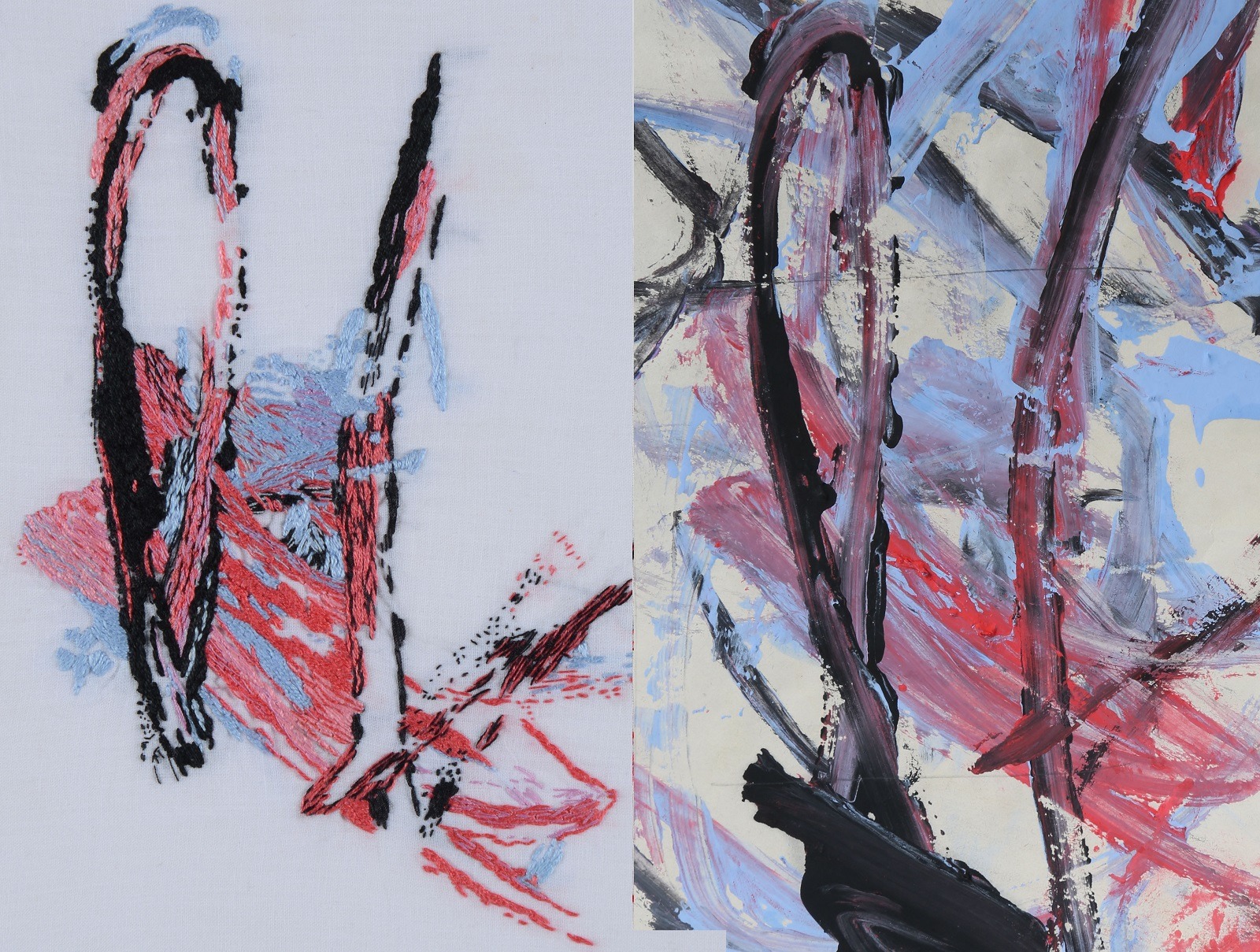
What was your route to becoming an artist?
When I left high school, I was not encouraged to go on to further education. I reluctantly worked in a bank for many years and often wondered if it was even possible to enjoy the work I did.
In my mid-twenties I decided that it was worth a shot; I gave up my job and was the first in my family to attend university. To my amazement, I went on to achieve a First Class Honours Degree in Textiles and Surface Pattern Design and I won several textile accolades.
My work was very experimental during the last year of my degree. This resulted in some of the ugliest sketchbooks and samples I have ever created but I had so much fun being free in my process. I was restricted by finances and didn’t want to finish university with even more debt, but I found these limitations only encouraged me to become creative with waste!
I was really conscious of finding my own way with my creative process and avoiding labels. I knew that I wasn’t a commercial designer, so, instead, I tried to focus on my strengths, rather than compare myself to others. My work is an extension of me and it is my narrative. I think this made my work endearing to people. When the experimental work improved, it resulted in something new and inventive and people were interested to look at it and were intrigued by the technique. I think it was for these reasons combined that my work was successful.
I worked in the textile industry in fashion buying and marketing for a few years. When my son was born I did not want to return to work full time and I started to pick up where I left off with my own textile practice. My new role as a mum changed my environmental attitudes and concern. I couldn’t stop reading and researching and I knew it was going to be the main focus for my next body of work. My years working in the textile industry bore fruit and stimulated my research. I decided to go back to university and make this into my Masters Degree.
My Masters Degree was fundamental in developing myself as a reflective practitioner and developing my research methods. Reading and research is very important to me and is the foundation of my practice. I loved being able to dedicate time to these skills and embed them into my process. I was less experimental with materials and pushing boundaries on this degree; I was adamant I wanted to hand sew and get lost in my thoughts. In my original Honours Degree, I wanted to wow people, I wanted to create something different. In my Masters Degree, I didn’t have that desire. I just wanted to thoroughly enjoy myself – and I did! I feel my Masters Degree work is more diaristic and reflects my process rather than being a ‘finished’ piece.
At many times in my life, I have been unable to fully commit to my own practice. I have often felt frustrated that I am not doing the things I want to do, whether that be working in jobs I have hated for years or financial commitments and constraints. I have often felt pressured to do more and be more, and if I don’t, I’ve felt either not good enough or not successful enough.
But, I have come to realise, it is the other things in my life – the people I meet, the repetitive tasks, the boring jobs and the thoughts I have – that all become part of my process. They become my inspiration, my stepping stones and the things I reflect on. I have learnt the most in those testing times. It’s been a tortuous journey – but well worth it!
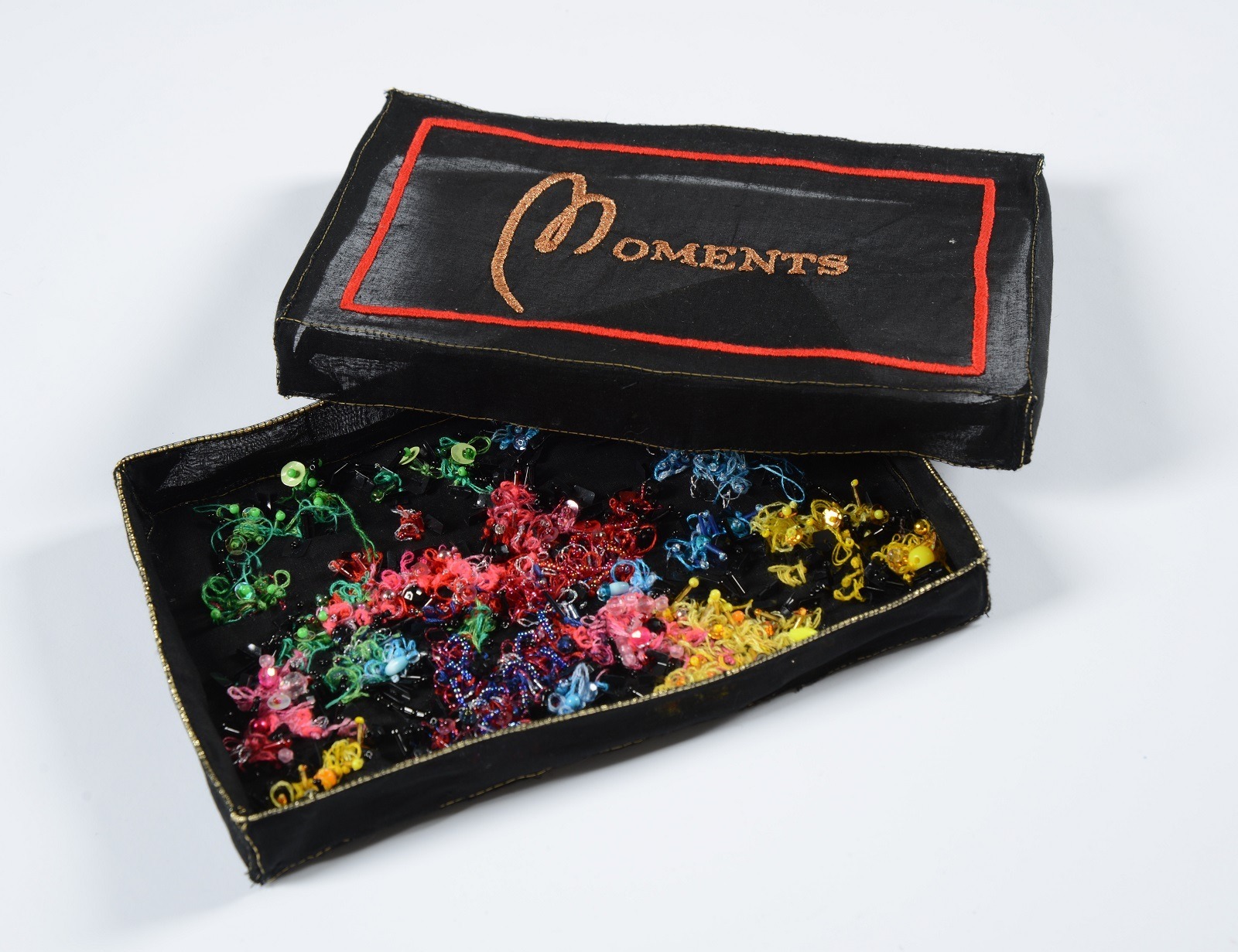
Playful materials and stitches
Tell us about your process from conception to creation
The desire for my work to be meaningful influences the things that interest and astound me, which in turn influences the way in which I work. I use my process as a method of making sense of things and discovering more meaning. Not only this, but I have a strong desire for my artistic work to be purposeful and act as a means of communication too.
My current work is an investigation into what is perceived as worthless or classified as waste. I have become increasingly aware of a lack of ownership, relationship and responsibility to waste, particularly packaging because of the transient nature in which it appears. Merging the idea of physical and emotional worth, my work explores my own personal memories that are provoked by the daily act of discarding and how the material world impacts our psychological world.
I consider consumption as the consuming of ideas and knowledge as well as a material notion, and I use hand stitch, imagery and text as a response to mass advertising and the manufacture of desire. By incorporating these ideas into my process, I have found beauty in the mundane and become mindful of the usually thoughtless activity behind the disposal of waste.
In addition to embroidery and textiles, I incorporate other non-textile processes, such as creating wireframes and soldering the joints.
The more I research my subject area, the greater my sense of moral obligation in respect of environmental impact, sustainability and consumer behaviour.
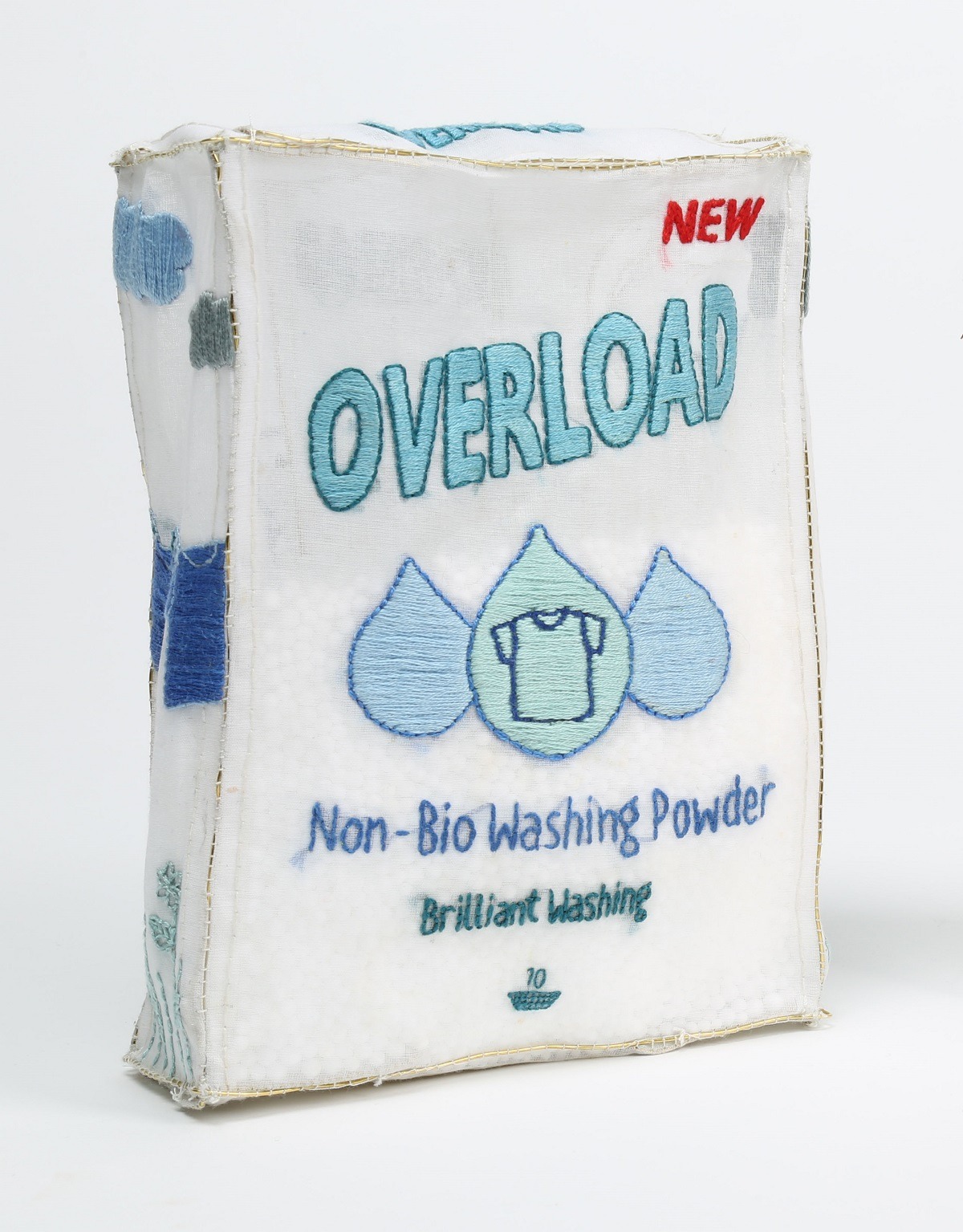
Tell us a bit about your chosen techniques and how you use them
It is important for me to use materials that aptly convey my ideas and help to create a narrative. I am not averse to working with new materials or combining textile processes with other non-conventional processes if it helps to convey my message. My process is determined by my message and not the other way around.
We live in a culture where industrialisation means practically everything is done for us in a time-saving manner. It encourages a hands-off existence where ‘process’ is undervalued and accomplishment comes on completion. We have accessibility to objects that will make life easier, faster and more convenient. Life can become more and more programmed and instantaneous.
These thoughts have encouraged me to focus on the process of making by hand. I have begun to think more about the stitches I use and how the type of stitch might help me to communicate ideas such as movement or flow. The outcome has become less important; it is the process of discovery and playfulness with new materials and stitches which is where I find true fruition.
My choice to work with transparent materials on some recent work challenges the lack of transparency with many production practices and manufacturing conditions today. I am interested in how transparent materials give a sense of conservation, protection and deprivation of touch, whilst simultaneously allowing access to what is going on inside.
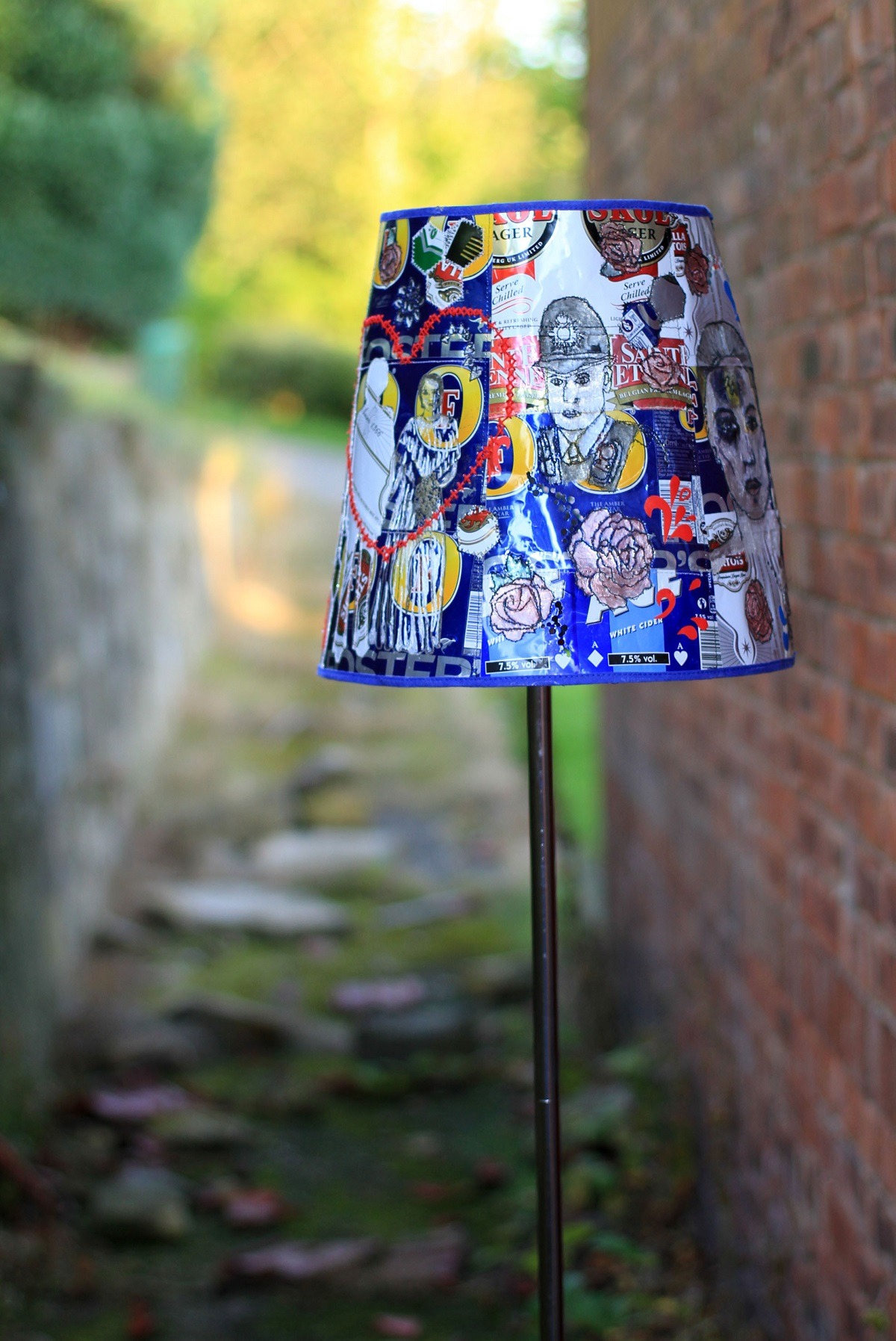
What currently inspires you?
I take inspiration from my observation of social and cultural trends. I have a fascination with packaging, branding and logos and their role in initiating consumer desire, loyalty and trust.
I went to an exhibition called ‘handiwork’ in Vienna. This exhibition communicated the need for product biographies. I believe artificial histories of products have the potential to lull the consumer into a short-lived sense of pleasure. The conditions in which objects are manufactured can be excluded from the packaging and, therefore, from our decision making.
If we really ‘knew’ who made the object we were buying or how much work was involved, would this knowledge influence the consumer to make purchase decisions that were more satisfying and sustainable? Would the consumer value the object more? For me, the answer would be yes to both of these questions. My perception of value has changed significantly. I see more value in something if its benefit has the potential to reach beyond just me.
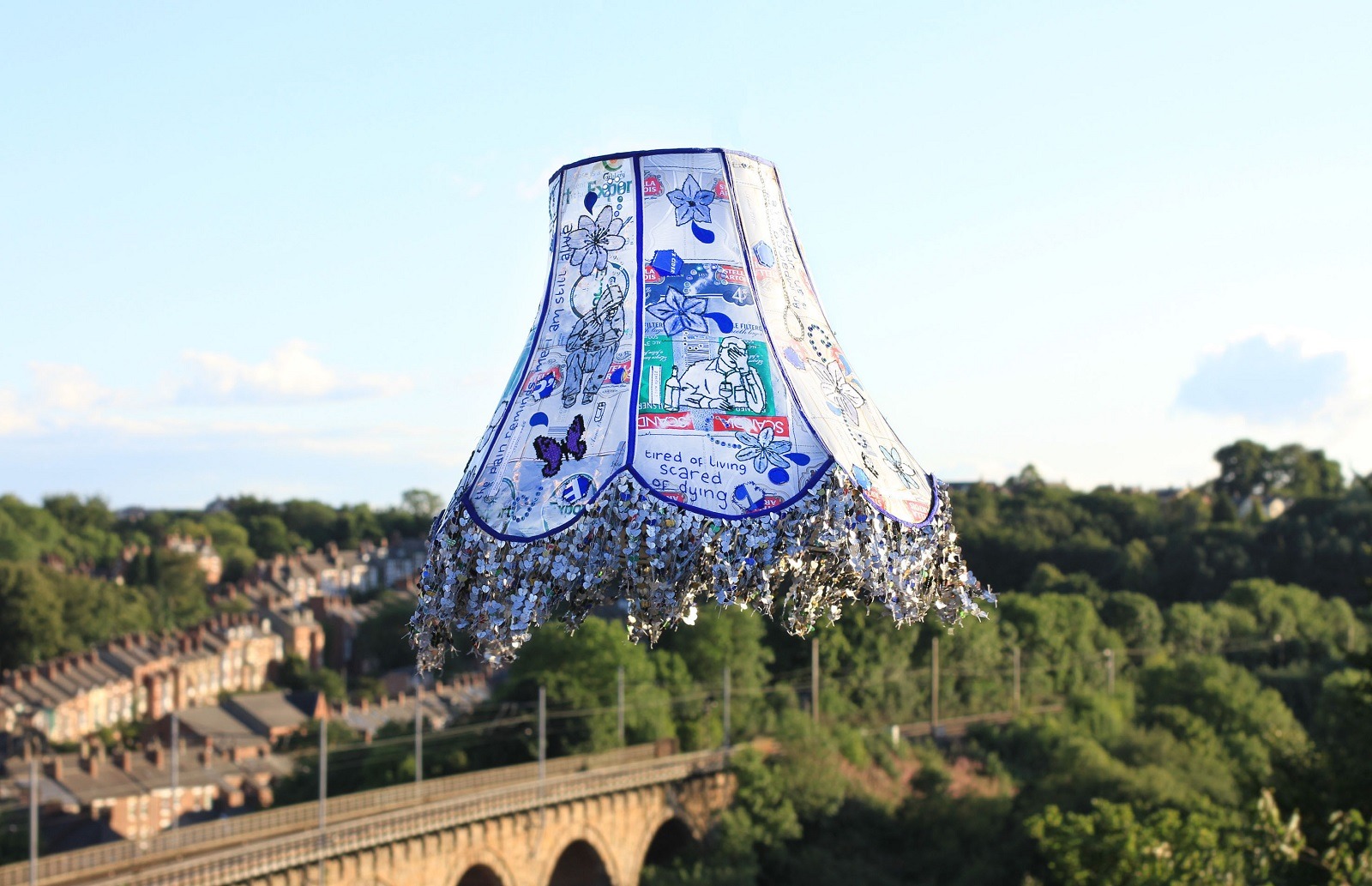
Thinking through my fingers
Tell us about a piece of your work that holds particularly fond memories and why?
My beer can lampshade ‘Live in the Light’ is probably one of my most popular pieces of work, and many people were intrigued and interested in my technical processes. It was such a labour of love and I think it was one of the first things I made where I thought ‘this isn’t too bad’!
It contains approximately 5,400 tiny metal hearts, each hand-punched from beer cans to form the tassels.
I had so much positive feedback from this piece that it really encouraged me to keep going. However, my work is progressive, and my process is inspired by my area of research which means I won’t ever continually work in the same way or with the same materials.
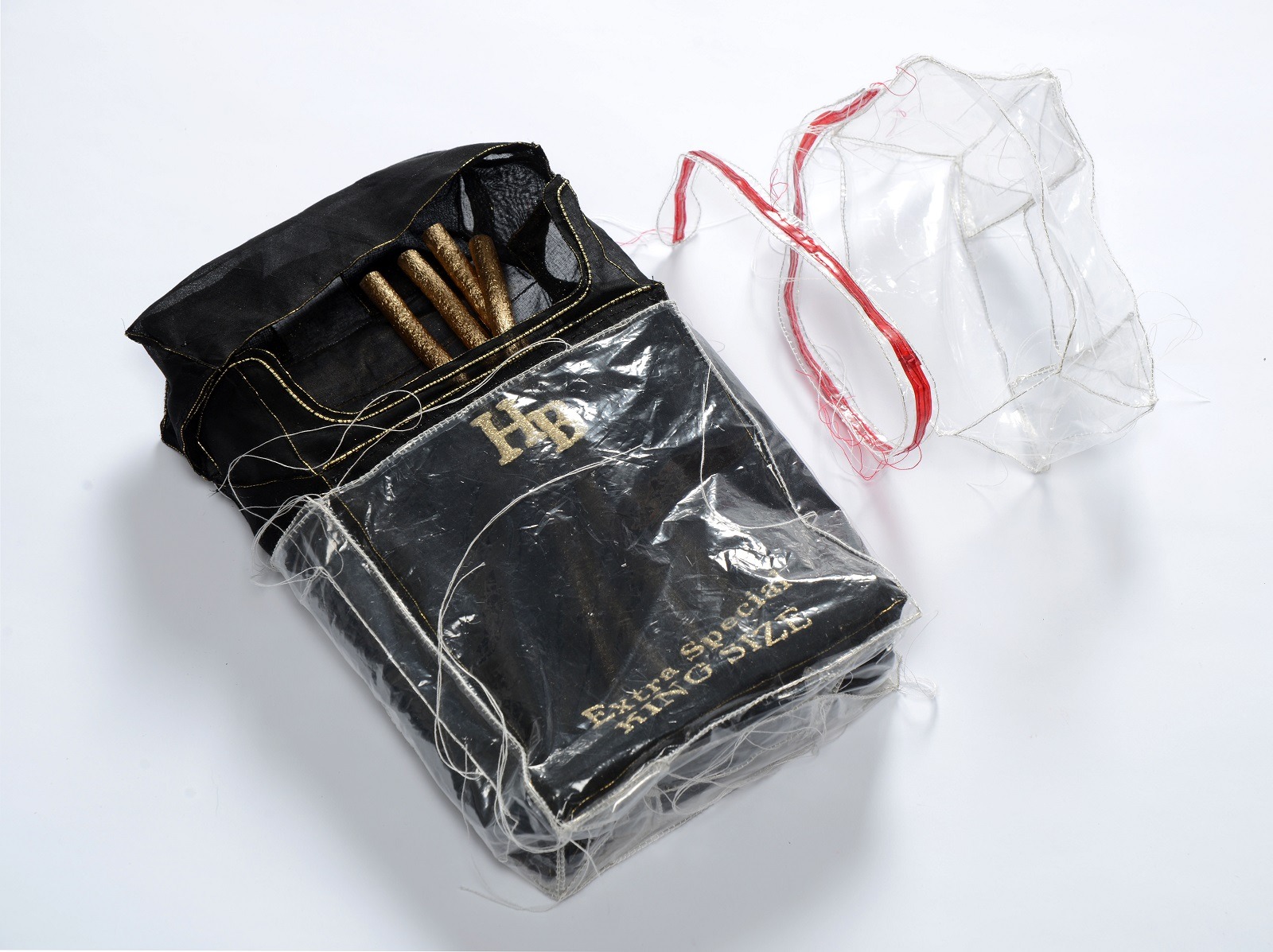
How has your work developed since you began and how do you see it evolving in the future?
My work is about so much more than aesthetics and I merge aspects of fine art and design.
My work is an extension of me; it is quite personal in many ways. It reflects my thoughts and feelings as diaristic elements.
I am very passionate about communication and learning through art. The act of stitch allows me to think through my fingers, which allows me to slow down my fluid thoughts.
My embroideries often begin as a reflection of a simple thought or idea. I don’t make a piece of work with the intention of selling it. I make to communicate and promote knowledge, education and change towards a better world. My work presents ideas and questions rather than definitive answers, inviting the viewer to join the conversation and form their own opinion. This has led me to consider my place, as an artist, within the creative industries and whether further study and research at a PhD level may be the direction I choose to take in the future.
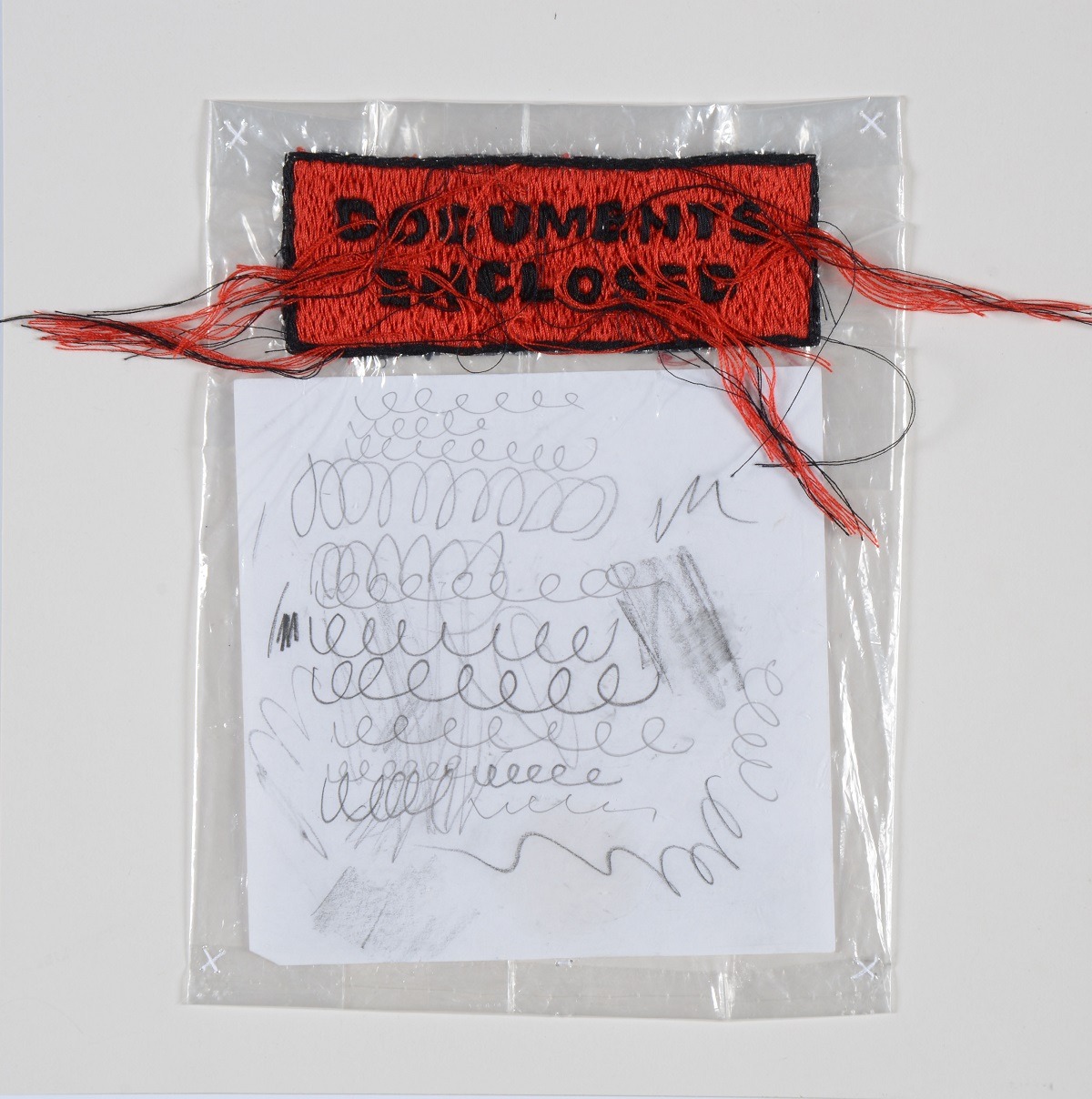
What advice would you give to an aspiring textile artist?
Keep going! I think it is important to keep experimenting and developing your practice – even when it all goes wrong and it doesn’t work out quite right. Some of my best work has come from my biggest disasters.
Just remain true to yourself – the things that you value and feel passionate about – and embed them in your work. When you enjoy doing what you do everyone can see that. It is easy to be drawn into doing the things that other people want you to do and end up feeling stagnant and disheartened – please don’t.
For more information visit www.melanie-kay.com
Do you use anything unusual in your textile art? Let us know in the comments below
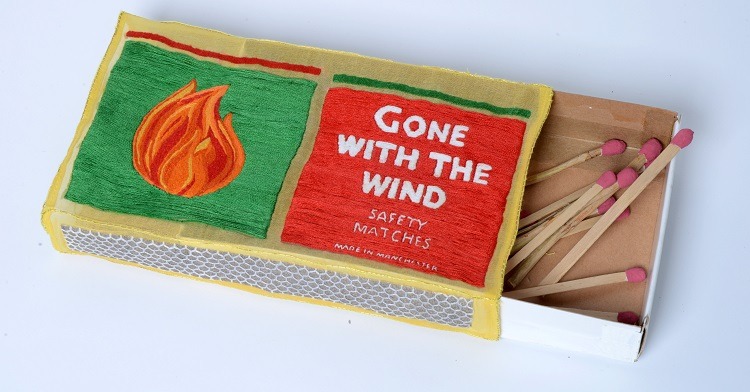

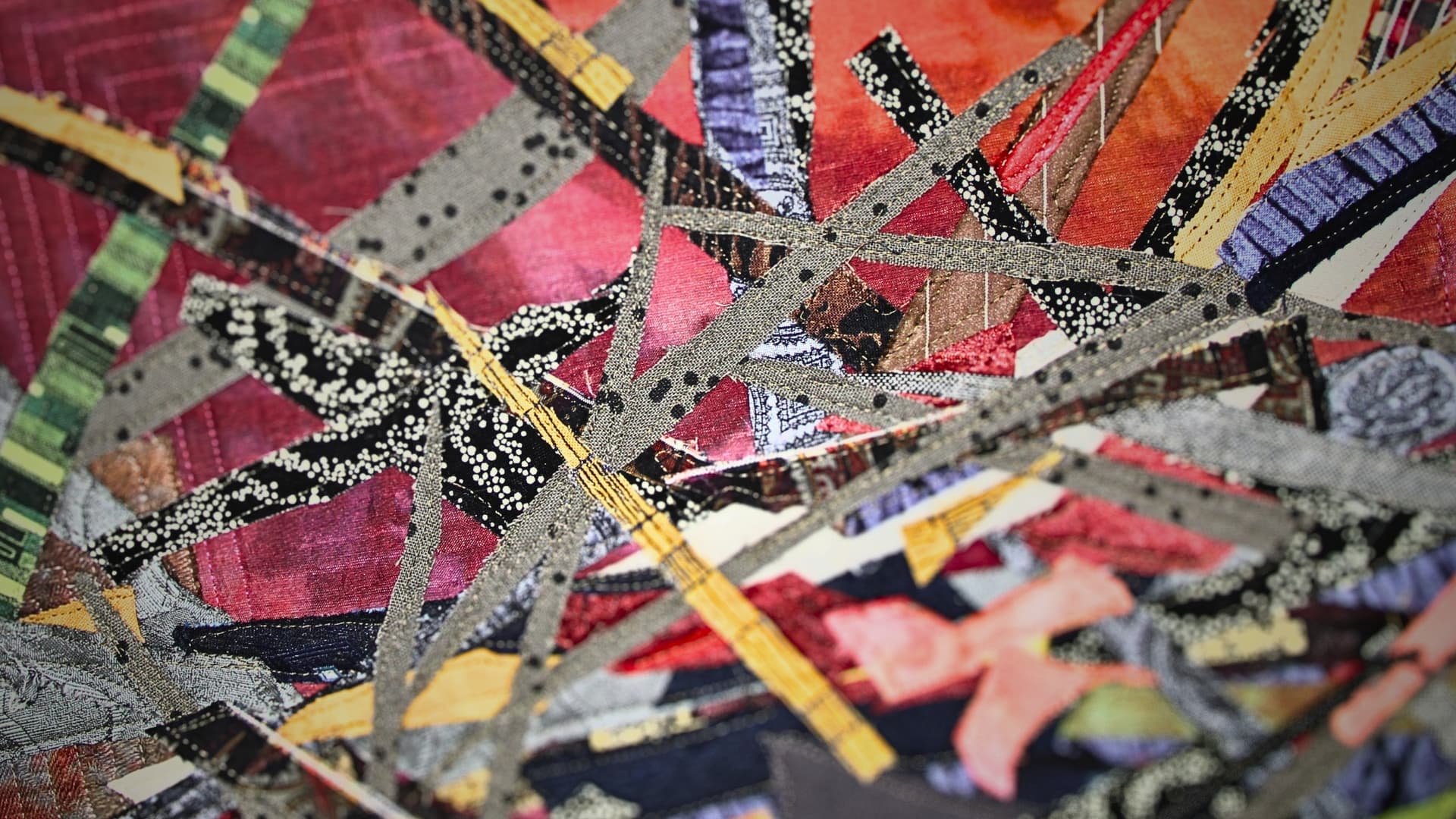
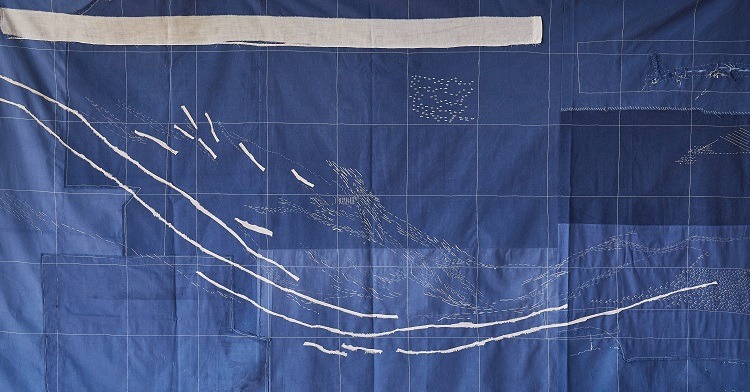
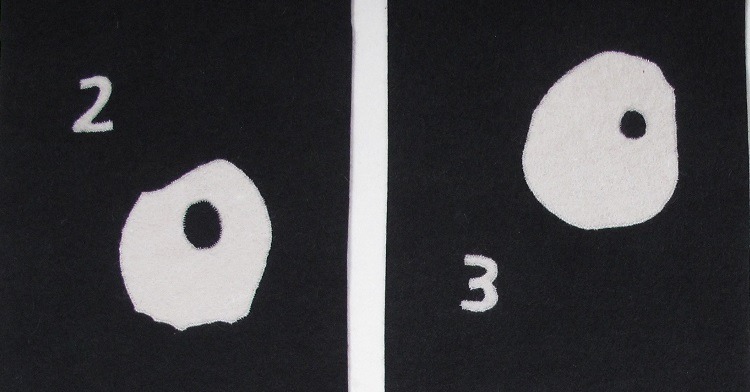
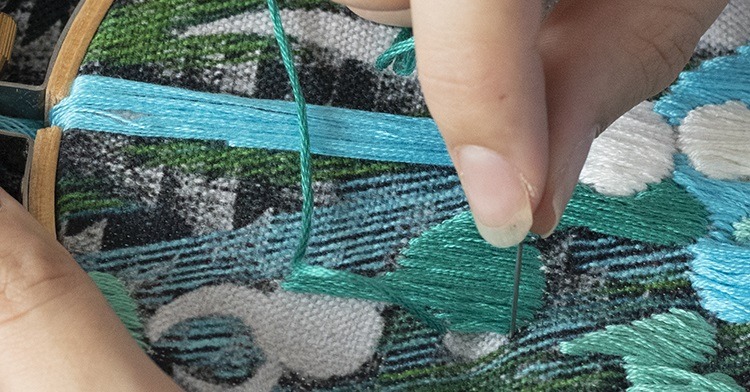
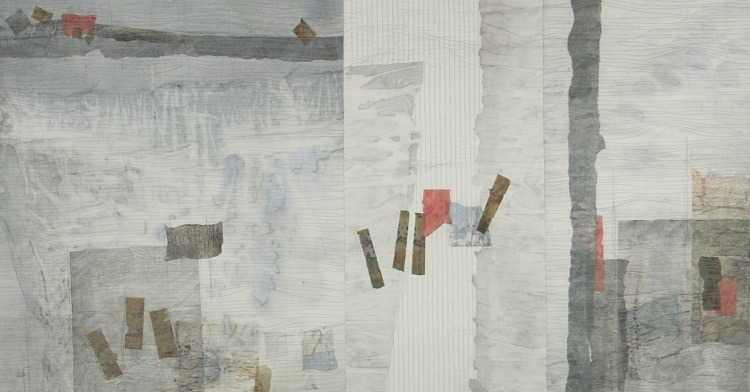
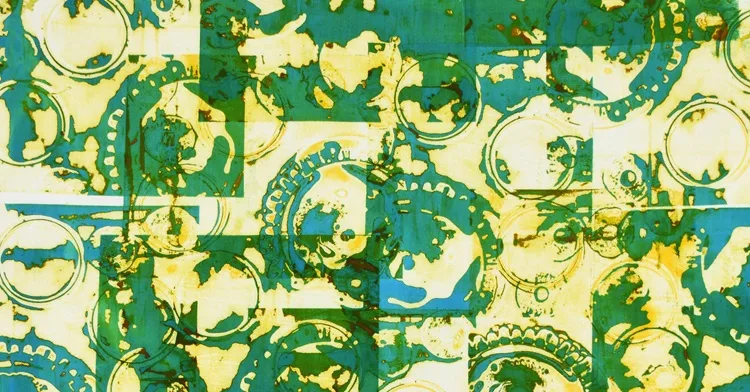
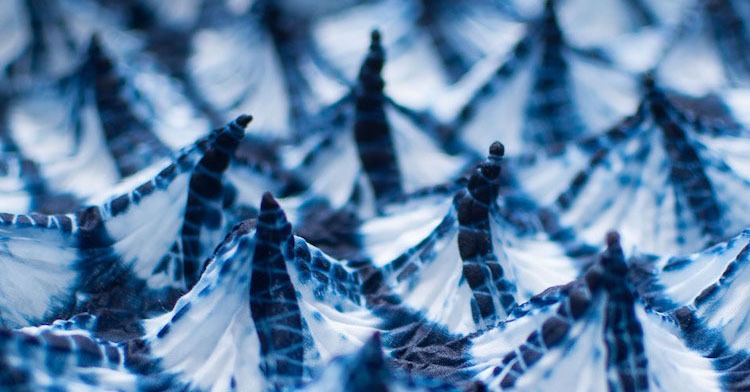
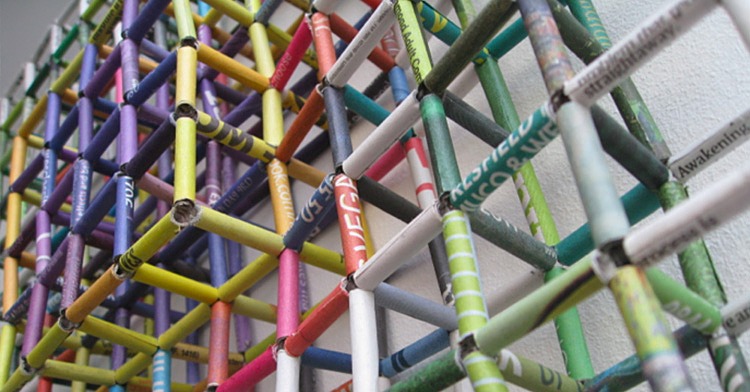
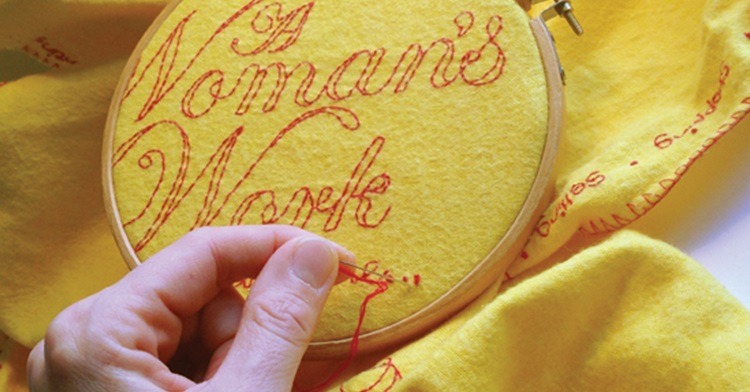
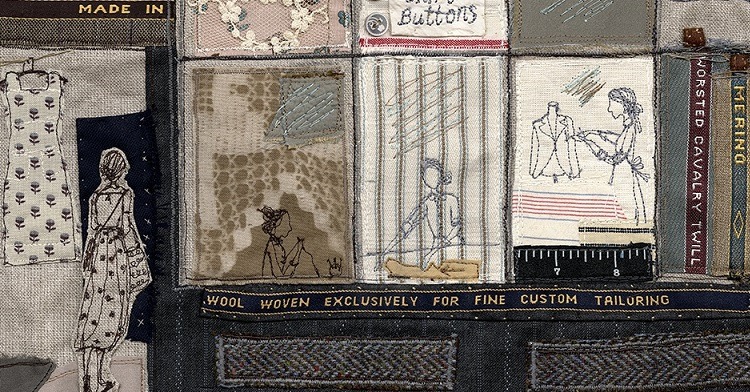
8 comments
Aruna Mahajan
I am very much motivated reading all the details from the beginning to the end. I can so much relate to each and every word. I also use every bit of so called waste material.
I will now create something from all that I have with me I knit , crochet and embroider , will assemble all to create a textile art.
Thank you for the inspiration.
Pauline Ormerod
So inspired to read this article. Helps me understand the personal approach to being creative in your own way. Doing what you feel is right and researching to make it so. Thankyou.
Sally Hare
Wow, what an inspiration Melanie is? I love the idea of recycling stuff into textile art work.
Shweta Shah
Since i belong from the textile background , the knitting and weaving tend to be the pedestals of a particular fabric . Ma’am your blog provides some sincere insights , it has really helped.
Ann Holmes
Oops! I suddenly have the photos I requested for the article!
Ann Holmes
No photographs on Melanie work. I wonder if this is my iPad or a mistake in printing. Please can photo be forwarded as I like her work and philosophy – much in tune with mine. Thank you
Angela
I love that Melanie calls her work progressive as she doesn’t repeat the work she does but moves on. I’ve always thought I was not consistent because I dislike repeating something I’ve just made although I often force myself to try another as I thought that’s the way to learn and find my voice. These second goes usually end up in my unfinished bin. I’m going to allow myself to be progressive from now on and so try something new, even if I just take a technique or a fabric forward into my new work. Thank you Melanie.
I love these interviews with artists.
Maire O'Mahony
I’m wondering if the on-line Sue Stone course will be running again?